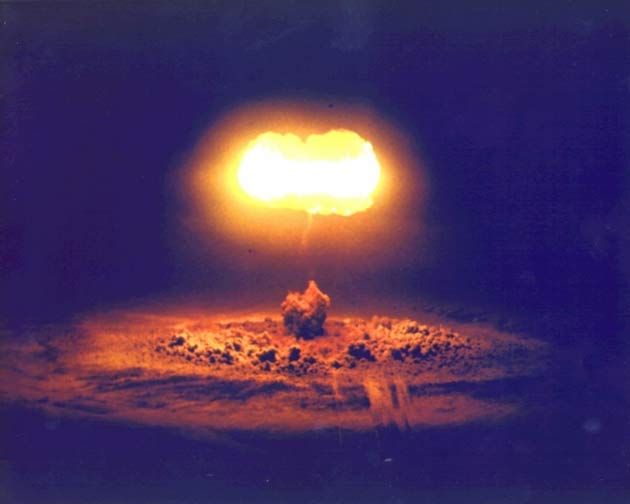Didn't you notice that the 'simulation' you posted showed only a two-dimensional animation of the potential impact, with no explanation for how or to what degree this would change the planet's rotational axis? Not to mention that nothing is said about the destruction of rings and moons and their miraculous 'resurrection' in the new 'tilted' system, as you insist happened. What do you think this example proves, other than your attempt to invoke the name of NASA to justify a physically impossible astrometric change?
I already cited the migration of the planets after formation, which this NASA blurb on Uranus mentions in passing, and in less depth than I have already provided. Not that there aren't better examples, but given your attempt to rely on inapt authority to carry your case, there's no point in bringing more and better evidence in.
You might refer to this LiveScience article on changing the Earth's rotational axis for the amount of force required to do so, which ought to give you an idea of the scale of energies involved:
Nuclear bombs are humankind's most powerful weapon, but can it alter the rotation of the earth?

www.livescience.com
We haven't yet seen the destruction of a planet, but we can calculate how much energy it would take to reduce, say, Earth to powder -- the energy equals three-fifths of the gravitational constant, times the mass of the planet squared, and divided by the radius of the planet. Or 2.25 x 10^32 joules. You may refer to this article and the accompanying Scott Manley video for how this determination was derived:
The prospect of blowing entire planets to smithereens isn't exactly pertinent for us Earthlings, but Star Wars fans will know that in three of the seven films, a device capable of such destruction makes life very difficult for the protagonists.

www.sciencealert.com
But this would completely eliminate the gravitational binding energy of the Earth, erasing it utterly; reducing it to chunks would presumably take a good deal less. Much less than the energy required to change its axis. Your cited simulation provides no figures as to the energy released or recombined in the 'reconstructed' Uranian system, so I can't say that you've 'proved' anything other than a preference to use a big name to assert a conclusion you cannot yourself prove or justify.
I also note that you did not bother to counter the possibility that Uranus is a 'captured' world. I must therefore conclude that you agree it is as likely an event as the migration of the planets through orbital resonance. If you have actual figures and probabilities of any sort of planetary axial change, feel free to bring them. I can't find a one.
Mind, now, human beings have already altered the Earth's rotational axis through climate change and the loss of hundreds of billions of tonnes of polar ice. But not by 97.77 degrees. See this Guardian article on the issue:
https://www.theguardian.com/environ...risis-has-shifted-the-earths-axis-study-shows
I look forward to receiving your data. If any.




